If you are planning a trip to Argentina, you have certainly heard of the Iguazu Falls, also known as the “Cataratas de Iguazu”. It’s one of the 7 natural wonders of the world! If you want to visit these magnificent waterfalls with the famous garganta del diablo, in the center of a tropical jungle, follow our travel guide, specially created for you to know everything you need about preparing your trip to the Iguazu Falls.
What to see in Iguazu? What are the attractions located in Iguazu on the Argentina side and in Iguazu on the Brazil side? Are there any must-see tours to Iguazu Falls? Anu unique or original experience? This travel guide from our travel agency TravelCoachChile is specially designed to help you prepare your itinerary, with or without the help of our local travel agency in Argentina!
Nothing better than taking advantage of our travel agency experience in Argentina to organize your stay in Iguazu. In this guide, you’ll find all the information, including what to see in Iguazu and when to go to Iguazu. If you are looking for a tour to discover the Iguazu Falls, or are investigating the budget to consider to travel to Iguazu, or to know what the Argentina / Brazil border crossing is like, you have come to the right place: we answer all your questions!
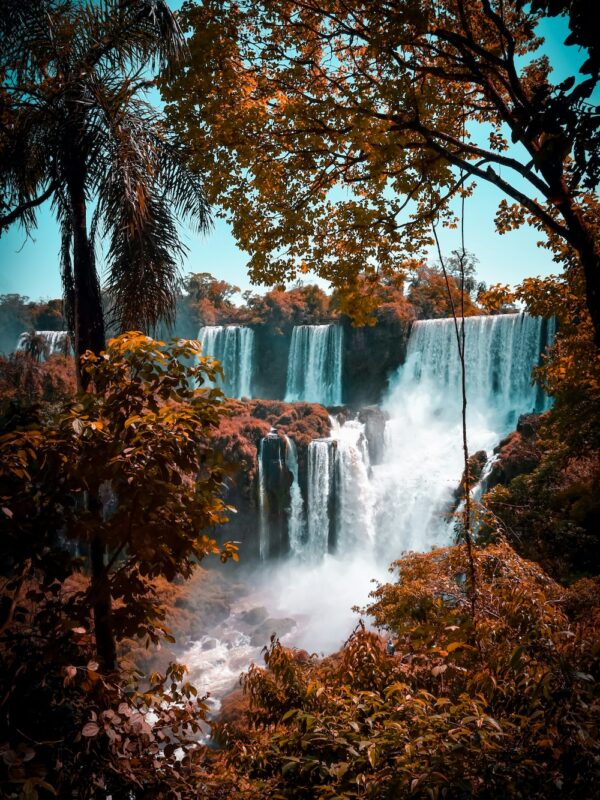
Some fact information first: Iguazu Falls is the Spanish spelling and Iguacu Falls is the Brazilian spelling. You will also find them under the spanish wording Cataratas del Iguazu.
Now that we’ve cleared up the spelling and language issues about Iguazu Falls, let’s talk about the location of the destination. Indeed, it can be difficult to locate Iguazu Falls on the map when you are planning a trip to Argentina.
Commencons donc par un petit point géographie.
Iguazu Falls are found in both Argentina and Brazil. They are also located a few kilometers from Paraguay, so it is a tourist place of 3 borders. In fact, they are on the Iguaçu River, which a little further down joins the Paraná and forms the border with Argentina, Brazil and Paraguay.
In this guide, we will give you the directions to visit the falls on the Argentina side and the Brazilian side. We will also talk about the province of Misiones in Argentina which offers beautiful attractions, including the Jesuit missions.
Iguaçu means “great waters” in Guarani, the language of the local communities. And for good reason. : Iguazu Falls is a set of 275 waterfalls over 3 km long. You are probably wondering how high are the Iguazu Falls? The most impressive jump, the garganta del Diablo or Devil’s Throat is more than 80 m high.
It is undoubtedly the highlight of this region and one of the must-sees in Argentina. Iguazu Falls are among the largest in size and importance along with Niagara Falls between the United States and Canada and Victoria Falls between Zimbabwe and Zambia.
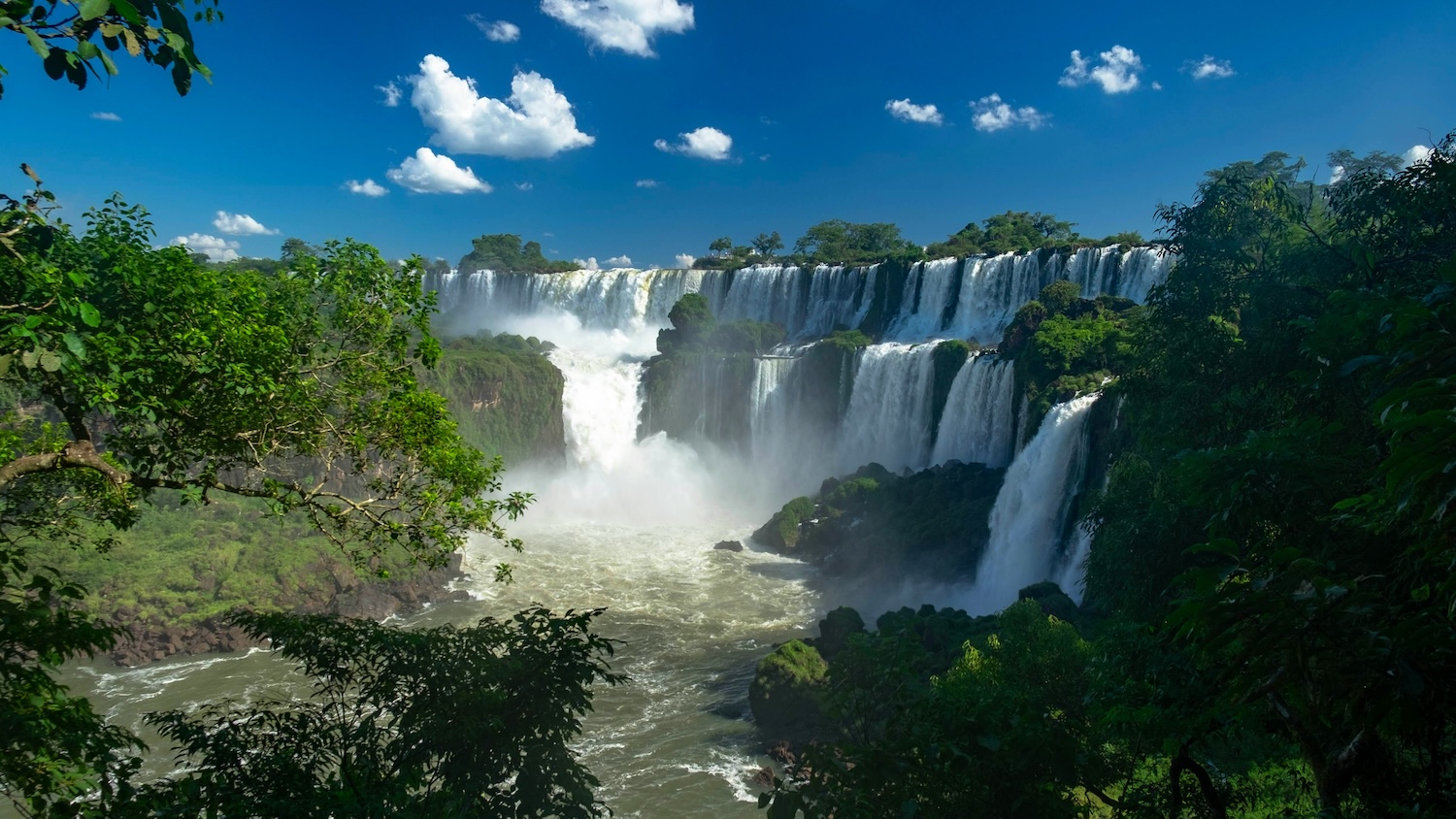
Less known in terms of international tourism, the Missiones region is named after the presence of Jesuit missions in Argentina. When the missionaries of the Society of Jesus settled between 1611 and 1630, they built large villages to support the crown of Spain in its colonization, but also to establish their own power. Today, the vestiges of this past can be seen by looking at the missions of Santa Ana and San Ignacio Mini.
In this section we explain what to see on the Argentinian side and what to see on the Brazilian side. All 275 waterfalls stretch for nearly three kilometers and 80% of the Iguazu Falls are located on the Argentinian side. The most impressive of the falls is the Garganta del Diablo (Devil’s Throat). Guests can explore the falls via well-maintained trails and walkways , and enjoy spectacular views from various vantage points.
You might be wondering which side of the waterfall should you see? You should consider that from the Brazilian side you will get an overview of the falls and the landscape, while on the Argentinian side, you are rather enjoy an immersion in the falls.
–> At TravelCoachChile 3, we like to recommend our travelers starting the tour on the Brazilian side to get a global view, and then the next day go to the Argentina side in order to go into more detail.
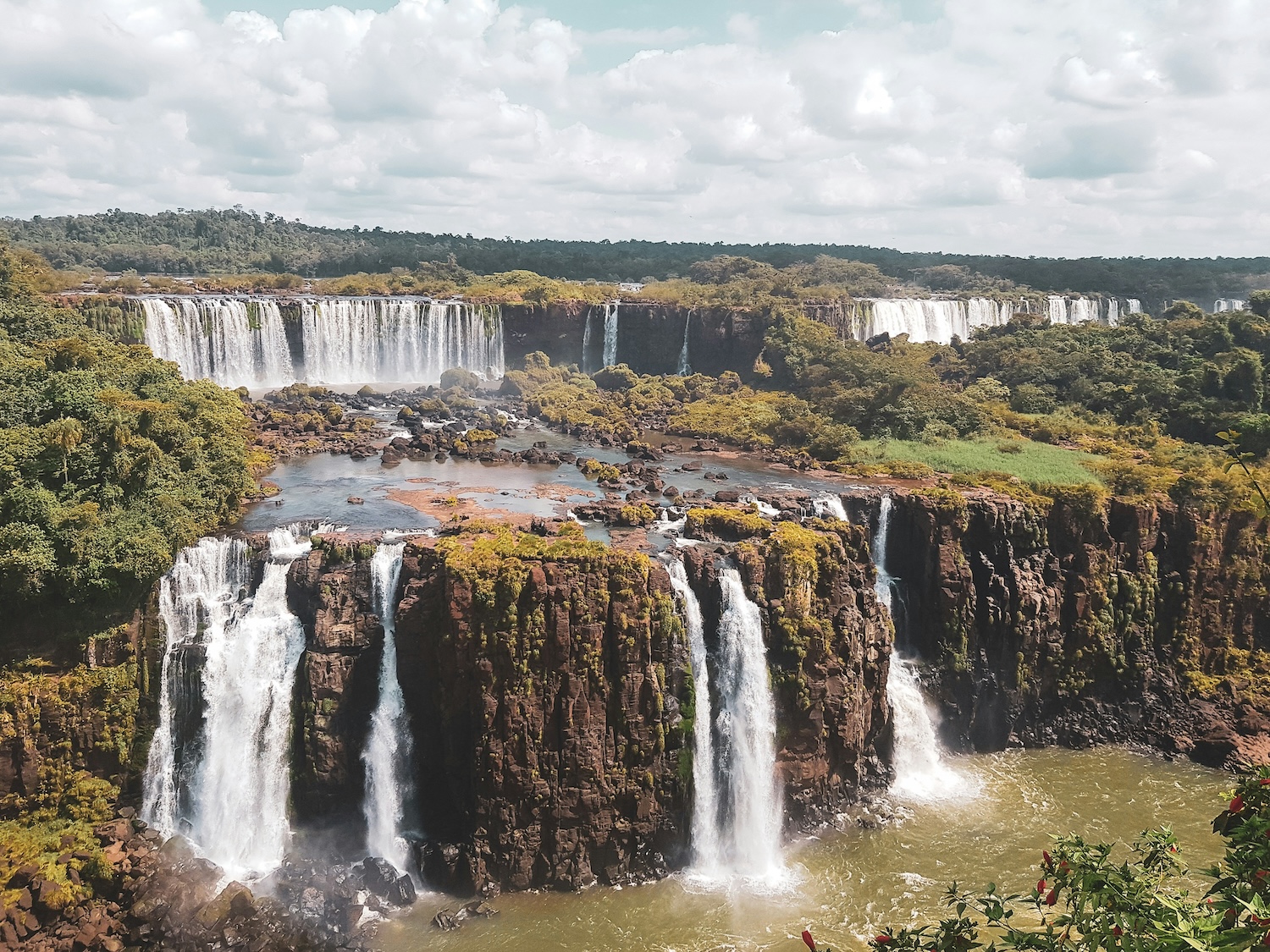
In Argentina, the “Iguazu Fall” National Park was created on 67,720 hectares, and is located about 20 km from Puerto Iguazu. It is now a biodiversity reserve which is home to more than 2000 species of plants, 450 species of birds and many mammals. Among the stars: the jaguar and the tapir.
On both the Argentina and Brazilian sides, there is a network of wooden platforms that connect the different view points. If you go to visit the Iguazu Falls park on the Argentinian side, you will hear about the Circuito Superior (1,700m long) as well as the Circuito Inferior (1,200m) which gives a view of Las Dos Hermanas. These two trails are the main attractions of the park and allow, thanks to the platforms, to be in connection with the falls and the jungle. This experience was a favorite of Florence .
There is also a small train in the park on the Argentinian side that gives you access to the Garganta del Diablo. It is also on this side that it is possible to take the “Gran Aventura” tour and go by boat under the falls. To find out more, go to our section on what to do in Iguazu.
-> Good to know: if you want to come back with souvenirs, we recommend buying them in Puerto Iguaçu, which is cheaper than the park’s souvenir shop.
–> Link: Parque Nacional de Iguazu official website
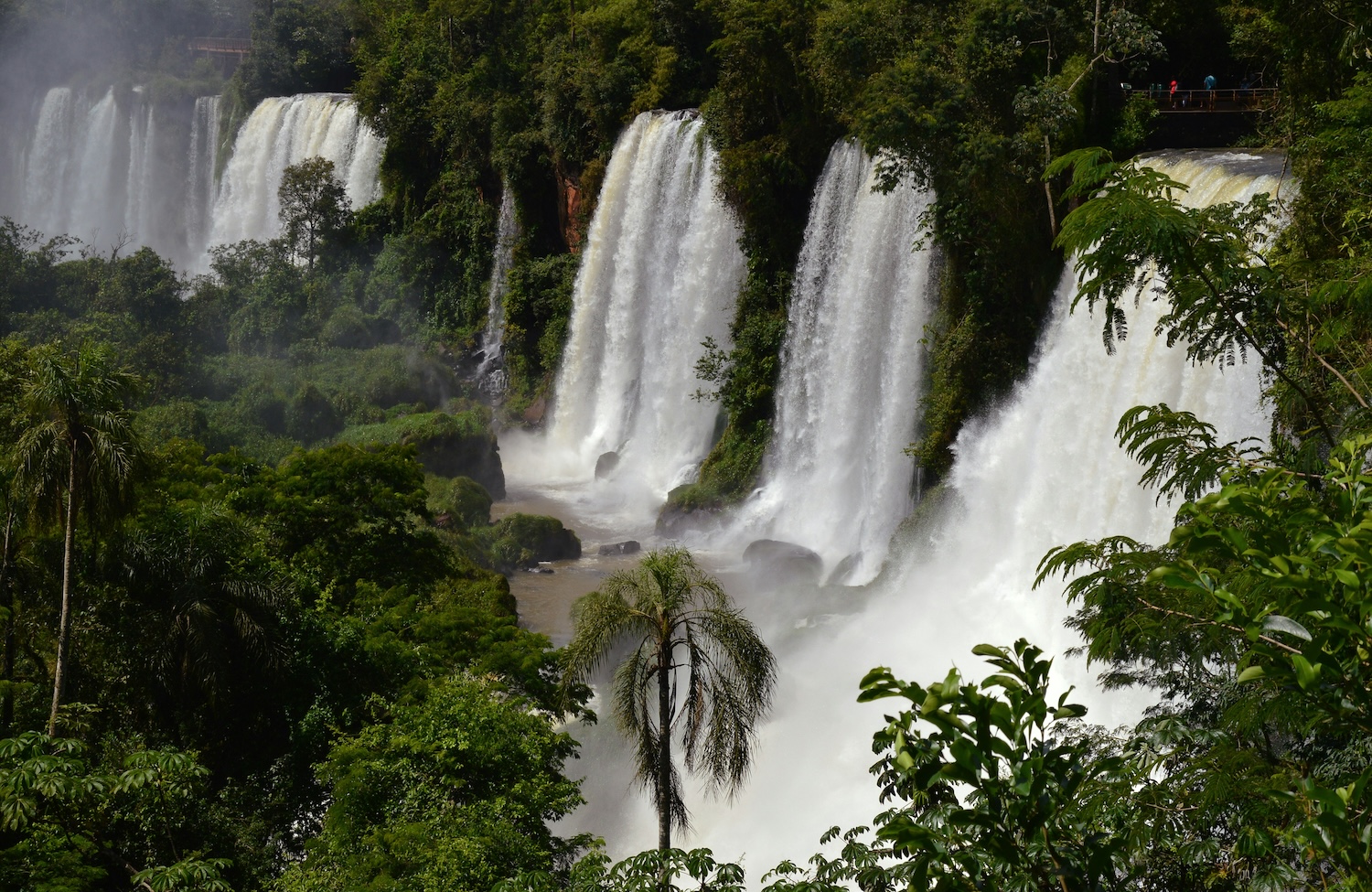
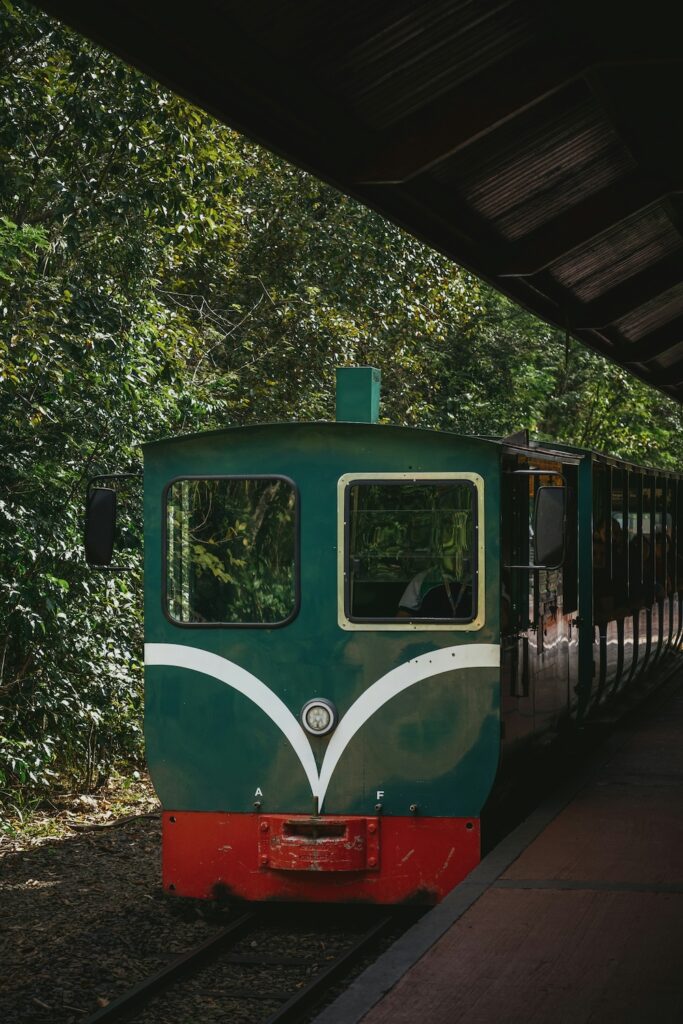
The Iguaçu National Park, on theBrazilian coast, offers spectacular and panoramic views of the falls. From the entrance of the park, you are taken by bus to the mythical Belmond Hotel which faces the main trail. This well-developed trail will give you a gradual view of the Iguazu Falls, until you reach the observation platforms, specially designed to offer breathtaking perspectives. Finally, you will arrive at the foot of one of the falls that you will have the chance to observe (very) closely.
Good to know: visiting the waterfalls on the Brazilian side is short and takes about half a day. At TravelCoachChile, we recommend that you take advantage of the other half day to visit the Parque das Aves, Pierrick’s favorite 🙂.
On y revient dans une autre section de notre guide sur la Chutes d’Iguazu.
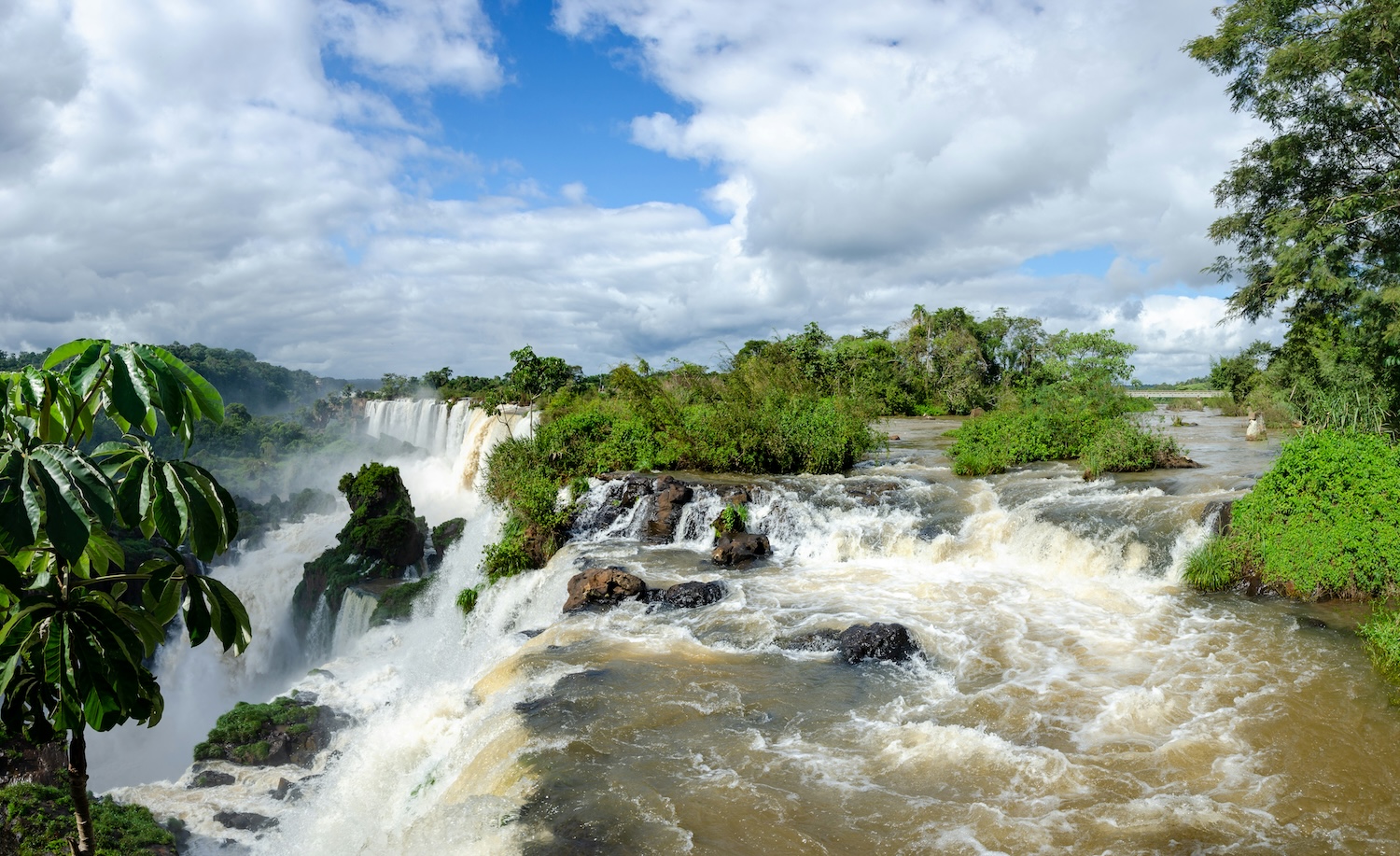
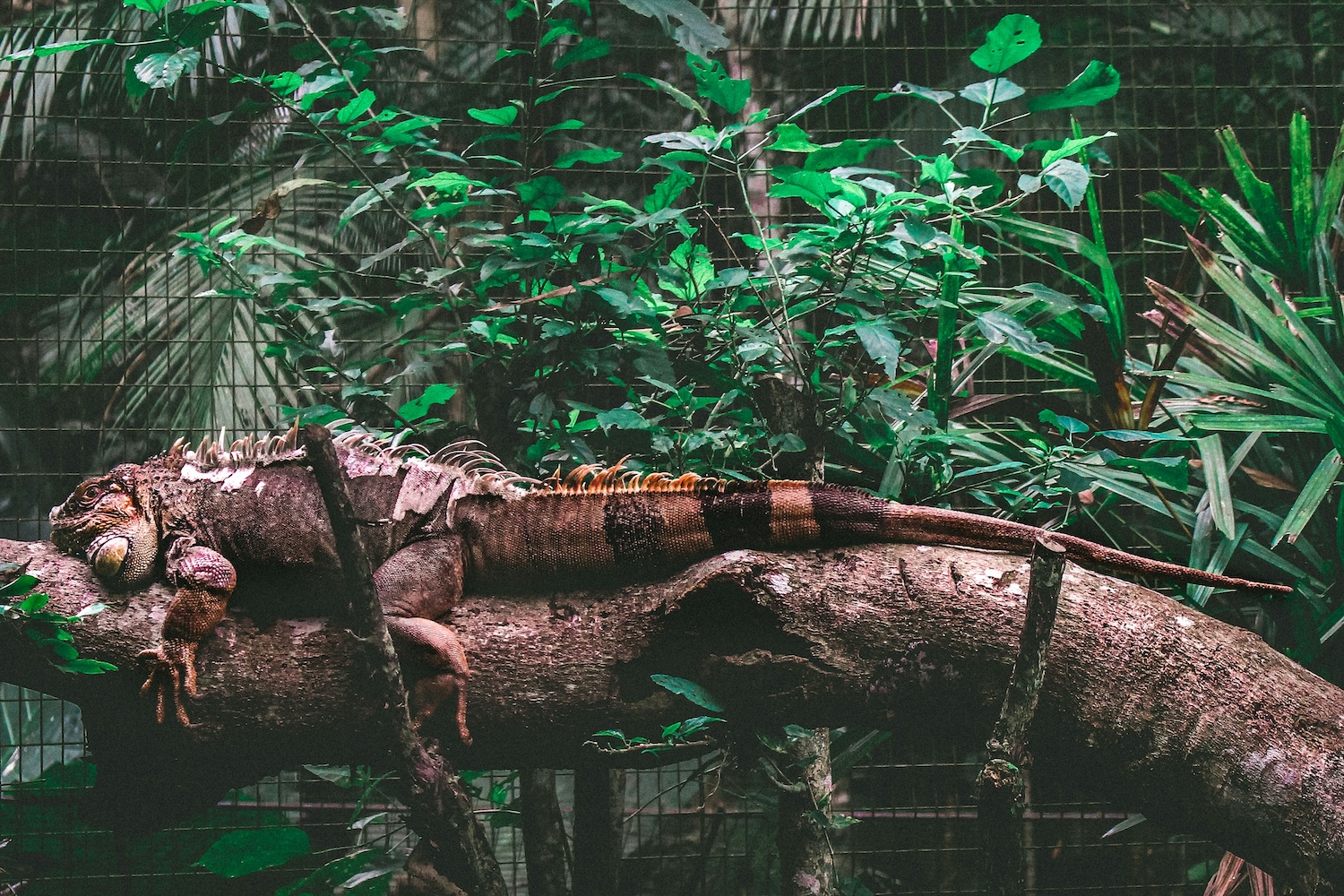
While the main focus of this part of your trip to Argentina will be the Iguazu Falls, there are many other places and attractions to visit in the area. In fact, the province of Misiones is full of places of interest that are not only natural but also historical. Discover below our recommendation of other tours and experiences for your stay in Iguazu.
If you like stones, beautiful colors, or are simply curious about geology, the Wanda Mines are a must-see.
Découvertes par des colons polonais, ces mines sont célèbres pour leurs dépôts de quartz, amethyst and other semi-precious stones.
Pour les passionnés, nous conseillons la guided tour of the Wanda Mines where you can learn about mining and mining techniquestransformation.
Good to know: There are shops where you can buy jewelry and souvenirs made from local stones.
This charming hummingbird garden, located in the center of Puerto Iguazu, is a haven for many species of hummingbirds, picaflor in Spanish. This private initiative began with the passion of 2 individuals who decided to plant butterfly flowers in their garden, gradually attracting hummingbirds. This is how it became a feeding place for these magnificent colorful birds, which can only be observed on the American continent. During the tour, the explanations will allow you to better understand the behavior of hummingbirds and learn about their essential role in the ecosystem as pollinators.
TheGuira Oga center near Puerto Iguazú is dedicated to the rehabilitation of injured or orphaned wild animals. You’ll be able to see endemic species like toucans, parrots, and monkeys up close. On the tour, you will be able to observe the conservation efforts and reintroduction of the animals to their natural habitat. This tour will allow you to complete your discovery of the Argentine jungle.
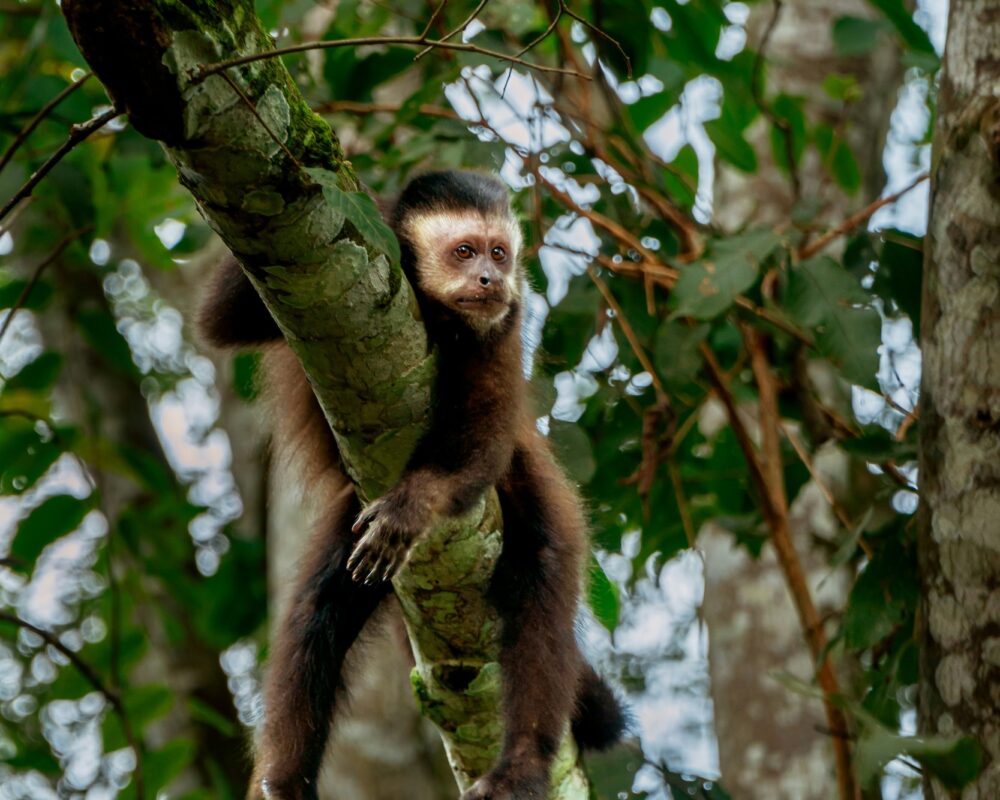
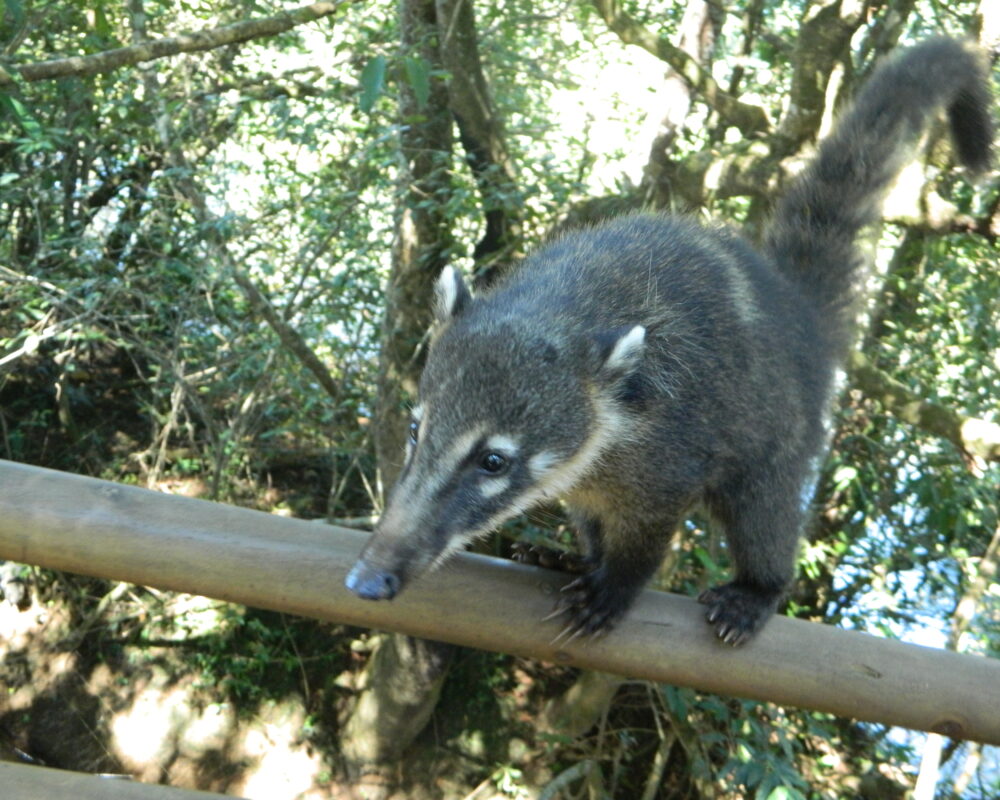
Not far from Iguazu you can also visit, if you have time, the Yabotí Biosphere Reserve. Covering more than 250,000 hectares, it is a sanctuary for many species, some of which are endangered. It is home to the king of the jungle: the jaguar, but also the tapir and the giant anteater.
The reserve offers ecotourism activities such as hiking, canoeing and bird watching.
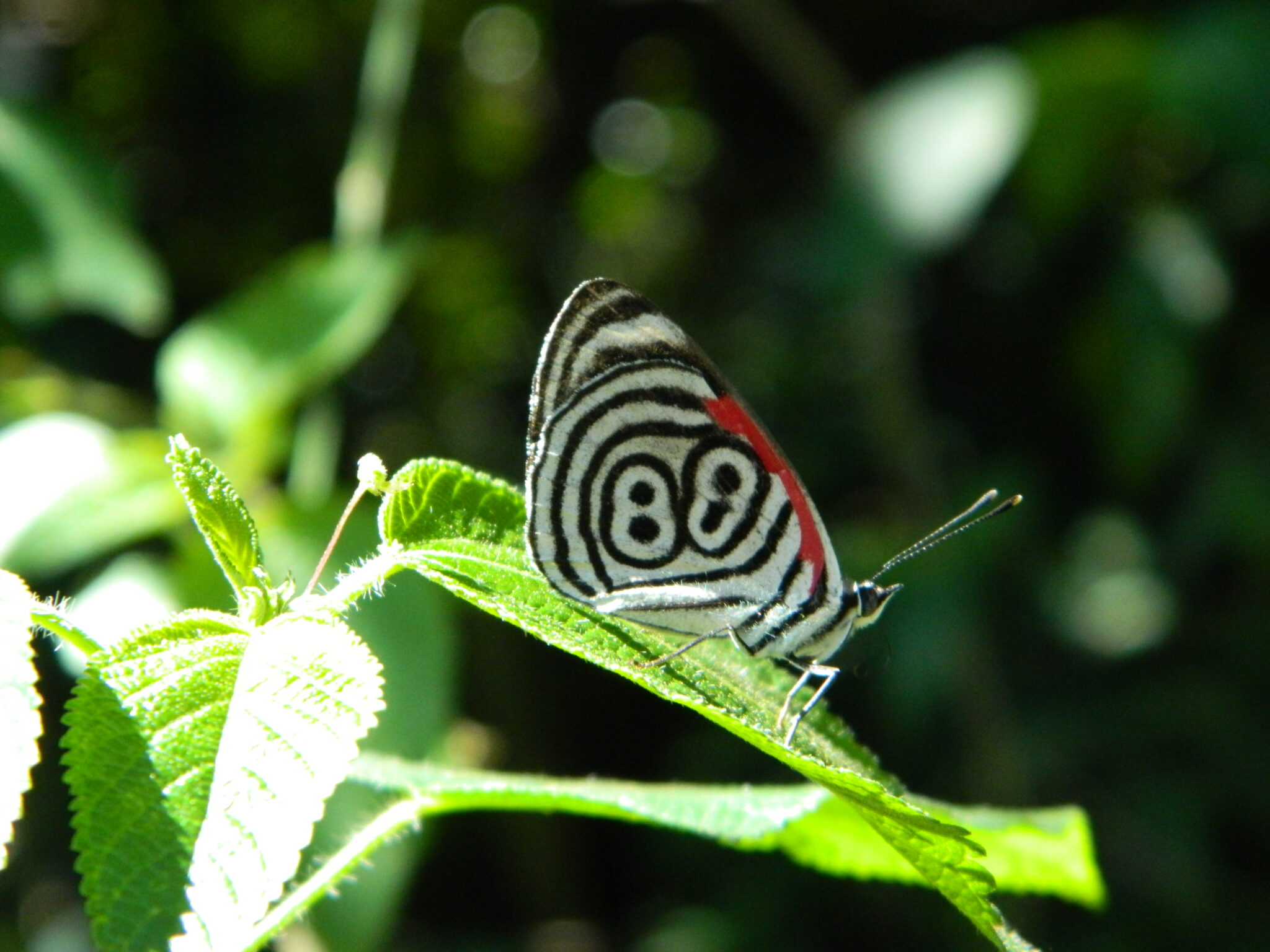
Located near Puerto Iguazú, it is a park built from huge tree trunks recovered from the forest. Aripuca is the name of a trap made with branches that the guaranís build to hunt and catch animals. The main construction of the park takes the shape of this trap. The tour will allow you to discover the importance of forest conservation and local natural resources for the Guarani peoples.
The park also offers craft demonstrations and exhibits on the indigenous Guaraní culture.
👉 Good to know: this is a recommended visit for families or botany enthusiasts.
Thispark is famous for the Saltos del Moconá, waterfalls that stretch across the Uruguay River.
You explore the park by borrowing hiking 🥾 trails through the dense subtropical forest.
Boat trips allow you to get close to the Moconá Falls , the height of which varies according to the flow of the river.
Kayak tours are also a great alternative to visit.
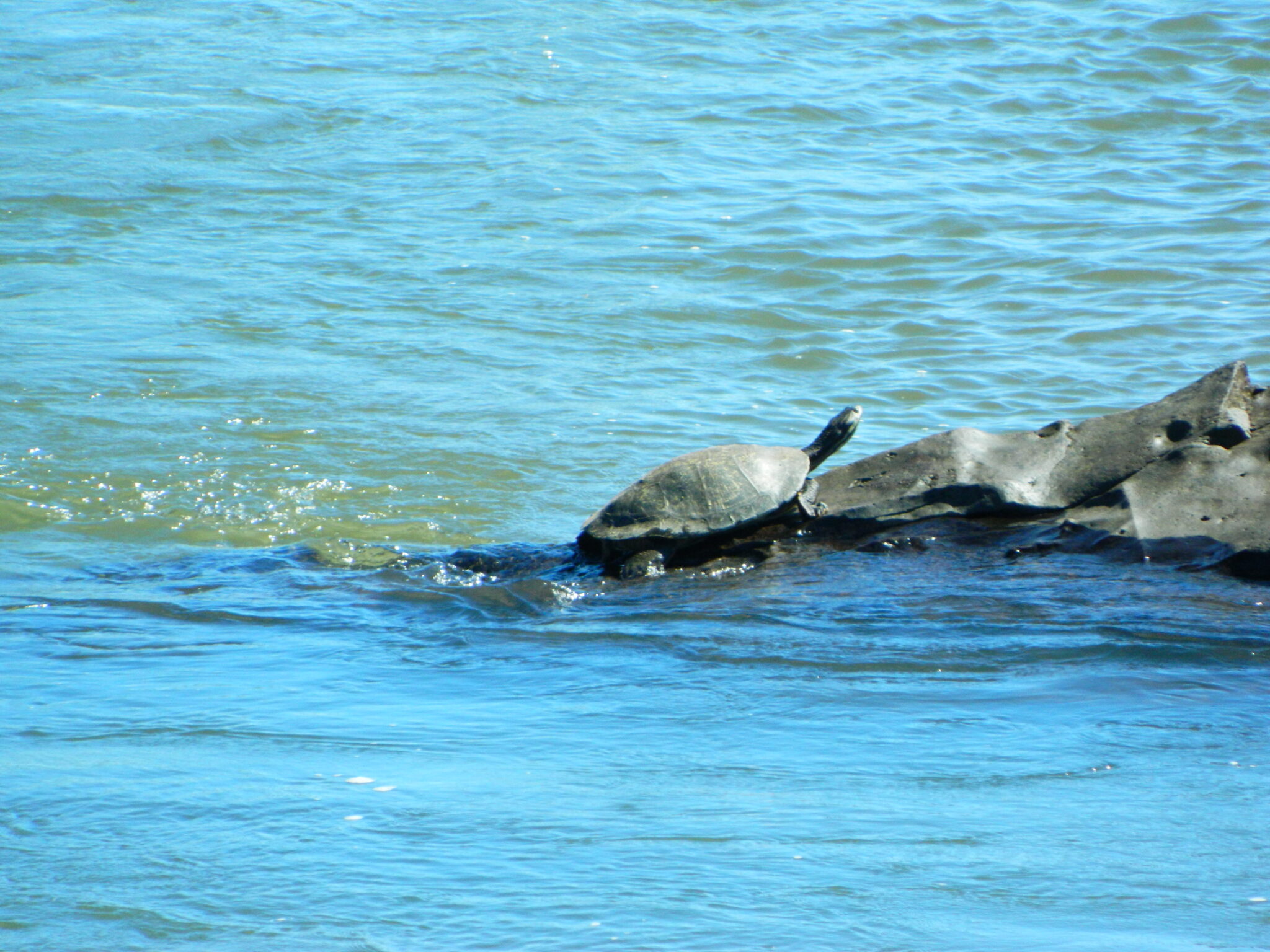
For history and heritage enthusiasts, a visit to the Jesuit missions is a must in the province of Misiones in Argentina, including the famous ruins of San Ignacio Mini 📍 .
Founded by the Jesuits in the seventeenth century, this mission is one of the best preserved in the region and is also classified as a UNESCO World Heritage Site. It bears witness to the missionary work with the Guaraní indigenous peoples.
The ruins include a church, a central square, dwellings and workshops.
The site also features an evening sound and light show, which tells the story of the mission in an immersive way.
🎬 for more information: UNESCO report on the ruins of San Ignacio de Miní
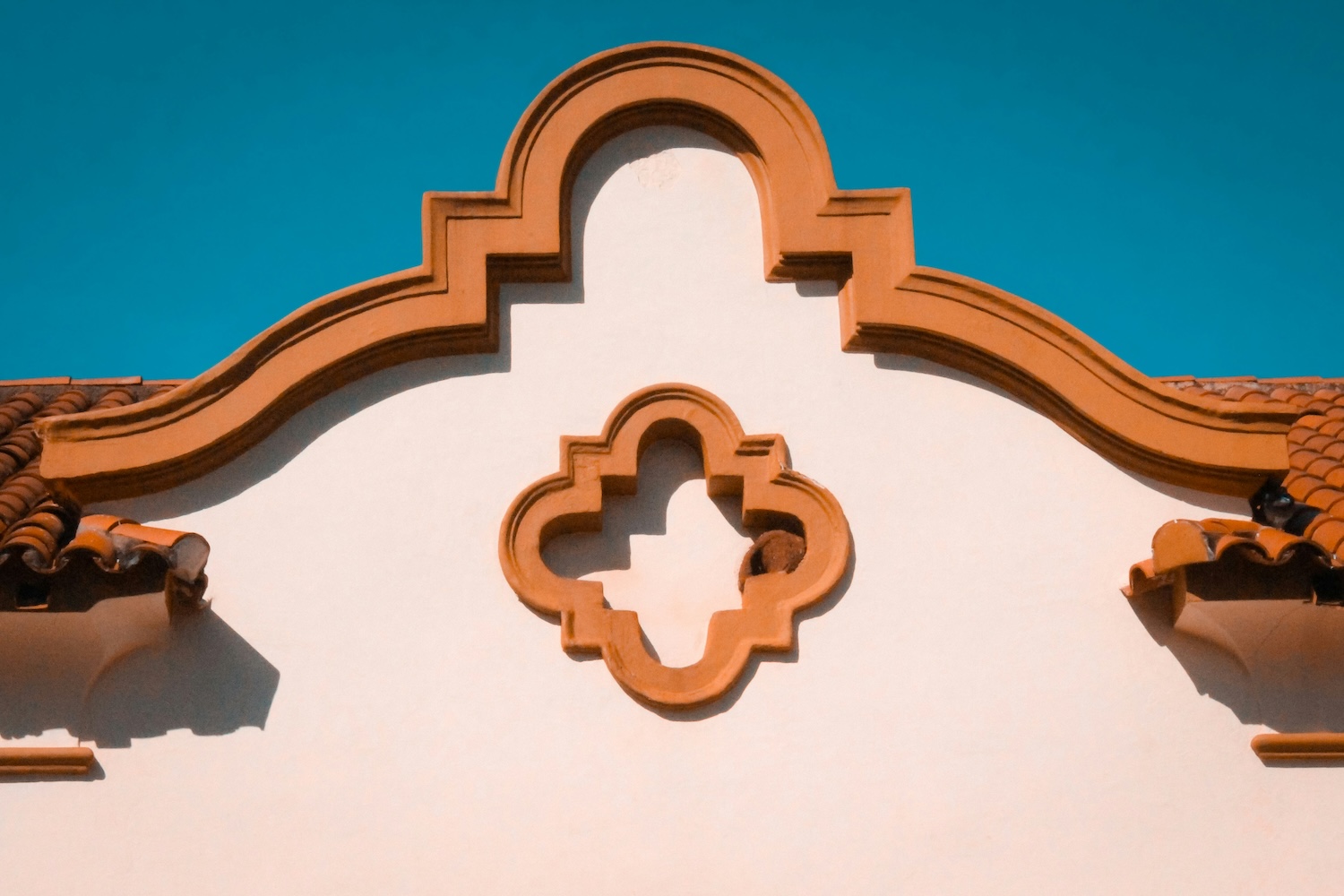
Not far from the ruins of San Ignacio Miní, on the road to the town of Posadas, you can visit the remains of Santa Ana, a UNESCO World Heritage Site.
These offera captivating insight into the architecture and social organization ofmissionary communities.
As you walk through the ruins, you can admire the remains of the stone structures, such as the church, workshops and dwellings, as well as the vast central squares where community life took place.
As we mentioned when visiting the Iguazu Park on the Brazil side, one of the major tourist attractions in addition to the Iguacu Falls is the Parque das Aves or Bird Park. It’s Pierrick’s favorite!
To find it, it’s simple: it’s very close to the entrance of the Iguaçu National Park in Brazil. This park is dedicated to the conservation of tropical birds. It is home to more than 1400 birds of 150 different species. Many of these birds were recovered injured in the jungle and then treated in the park. You can walk through huge aviaries where birds fly freely and observe rare and exotic species up close. There are not only birds but also turtles and caimans and dense and incredible vegetation.
Our tip: this is a visit that we particularly recommend for families or botany enthusiasts.
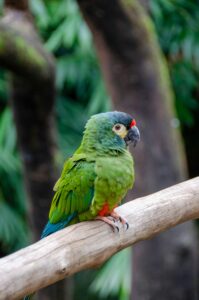
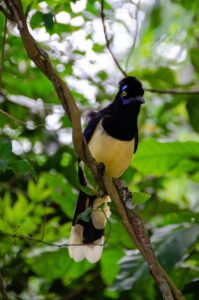
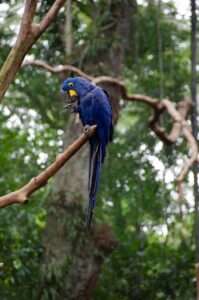
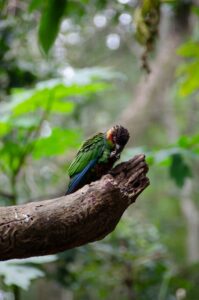
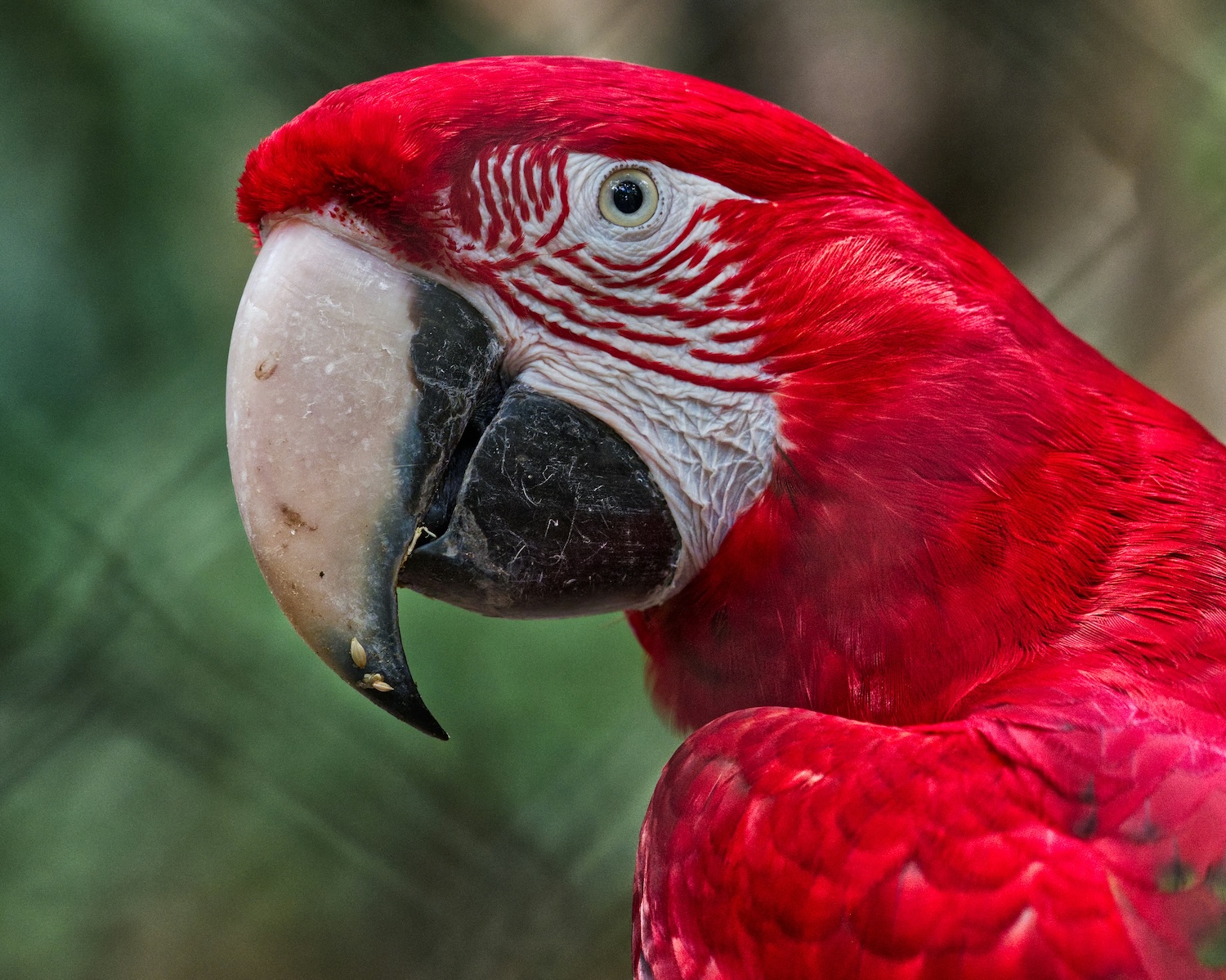
This is one of the few visits to a world-famous industrial structure that you can do in your life. And you don’t have to be an engineer or a dam enthusiast to enjoy the visit.
Florence who visited it not long ago mentioned this visit as her favorite 3. Itaipu Dam is one of the marvels of modern engineering. Located on the Paraná River on the border between Brazil and Paraguay, this hydroelectric dam is the second largest in the world in terms of energy production. On the tour, you’ll have the opportunity to see the huge turbines up close and learn how they turn the power of water into electricity.
"After visiting the Panama Canal as well as the Chuquicamata mine in Chile, I developed a particular interest in this type of industrial site visits while traveling. The visit to the Itaipu dam was therefore obvious, and I have not regretted my choice. The tour was interesting and above all impressive. I highly recommend it for an original half-day visit."

The Misiones region of Argentina is a true paradise for walking and trekking enthusiasts, offering a wide variety of trails through lush and diverse landscapes. Here is our list of hikes (non-exhaustive):
Iguazú National Park Trail:
Ruins of San Ignacio Miní:
Parque Provincial Moconá:
Trails of the Yabotí Biosphere Reserve:
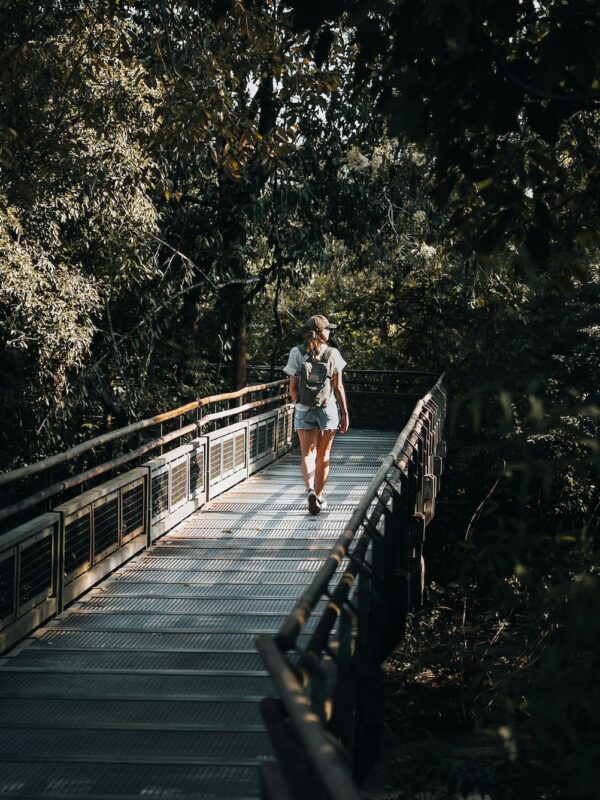
In a territory as humid and tropical as Iguazu, it is impossible not to go for a trip by boat, speedboat, canoe or kayak ! There are must-sees such as the Gran Aventura (on the Argentinian side), but there are also boat trips off the beaten track.
Moconá Provincial Park:
->Boat rides along the Uruguay River to see the Moconá Falls
Kayak tours to explore the calm waters and spectacular scenery
Yabotí Biosphere Reserve : –
-> Kayaking expeditions through the reserve, crossing wild and unspoiled landscapes
Boat trips to discover the Guaraní indigenous communities and their way of life
Our advice: We like to recommend the Gran Aventura from the Argentinian side to our travelers.
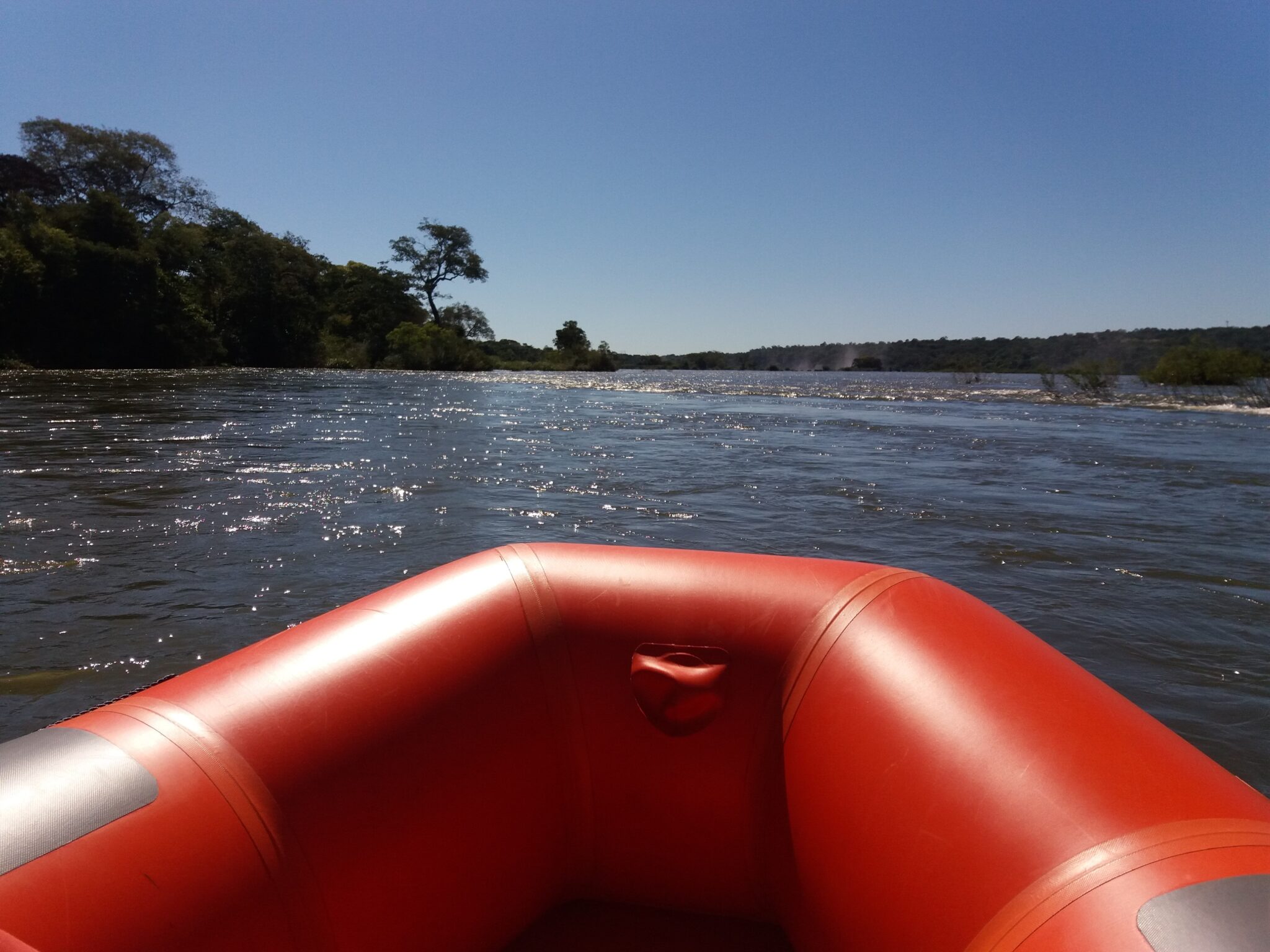
In Iguazu, there are activities for the whole family! For thrill seekers who want to spice up their trip to Argentina, your TravelCoachChile agency recommends an afternoon of tree climbing. The jungle is incredible in Iguazu, and combining it with an adventure activity is therefore a must to have a good time with family or friends!
Below are our recommendations for adventure parks near Iguazu Falls:
Iguazú Forest:
Adventure park offering ropes courses for all levels
There are additional activities such as rappelling, trekking, and ziplines
Located near the Iguazú National Park, ideal to combine with a visit to the falls
Selva Misionera Adventure Park:
Adventure park in the heart of the sub-tropical forest of Misiones
There are several rope courses suitable for children and adults
Ziplines, suspension bridges and outdoor activities
Tierra Colorada Eco Park:
Ecological park with rope courses integrated into nature
Suspended trails, rope nets and aerial challenges
Opportunities to observe the local fauna and flora
"I really enjoyed the experience of Tarzan's jump while flying over the Iguazu jungle because I found it fun and above all : unique! Recommended for families and thrill seekers, whose immersion in the jungle while living an adventure!"

If you are wondering when is the best time to visit Iguazu Waterfalls, you should know that they can be visited all year round, but some times are more recommended. At TravelCoachChile we suggest that you prefer the months from March to June : it is not too hot, the climate is stable and we are off the very high touristy season.
Between September and December, it is the rainy period but the temperatures remain pleasant.
The least indicated period would be January and February , which are rainy and hot months, during which the temperature does not drop below 32°C, which makes the climate very humid.
If you are in Argentina you can go to Iguazu from Buenos Aires ✈️ with the companies Fly Bondi, Aerolineas Argentinas or JetSmart. In this case you will land in Puerto Iguazu.
Another airport further away may be appropriate if you want to visit the Jesuit missions: it is the airport of Posadas.
If you are in Brazil, you can reach the Iguazu Falls from Rio ✈️. You have the companies Gol, Azul and Latam that serve the airport. You will then land in Foz do Iguazu.
Several airlines serve airports, such as GOL, Fly Bondy, Aerolineas Argentinas and JetSmart.
This is a question we often get asked by our travelers. What is the border crossing like between Argentina and Brazil? It is a very busy border since it is used by Argentines, Brazilians and Paraguayans. As the queue can be long, there is what is called a “corredor turistico” (tourist corridor) which simplifies the border crossing procedures.
Our tip: To make your visit to Iguazu Falls more serene, we recommend opting for guided services. You can contact one of our travel designer to organize your stay in Argentina and benefit from privileged support
On site, to visit the Iguazu Falls, you have 3 transportation options:
✔️ car rental with companies like Hertz and Avis for self-drive tours in Iguazu
✔️ The Driver Option – Guide with your local agency
✔️Public transportation, you can opt for a taxi or buses that leave from Puerto Iguazu, every 15 minutes to go to the Argentine Park, every hour to the Brazilian Park. If you are staying in Foz de Iguazu, line 120 connects the park and the city center of Foz.
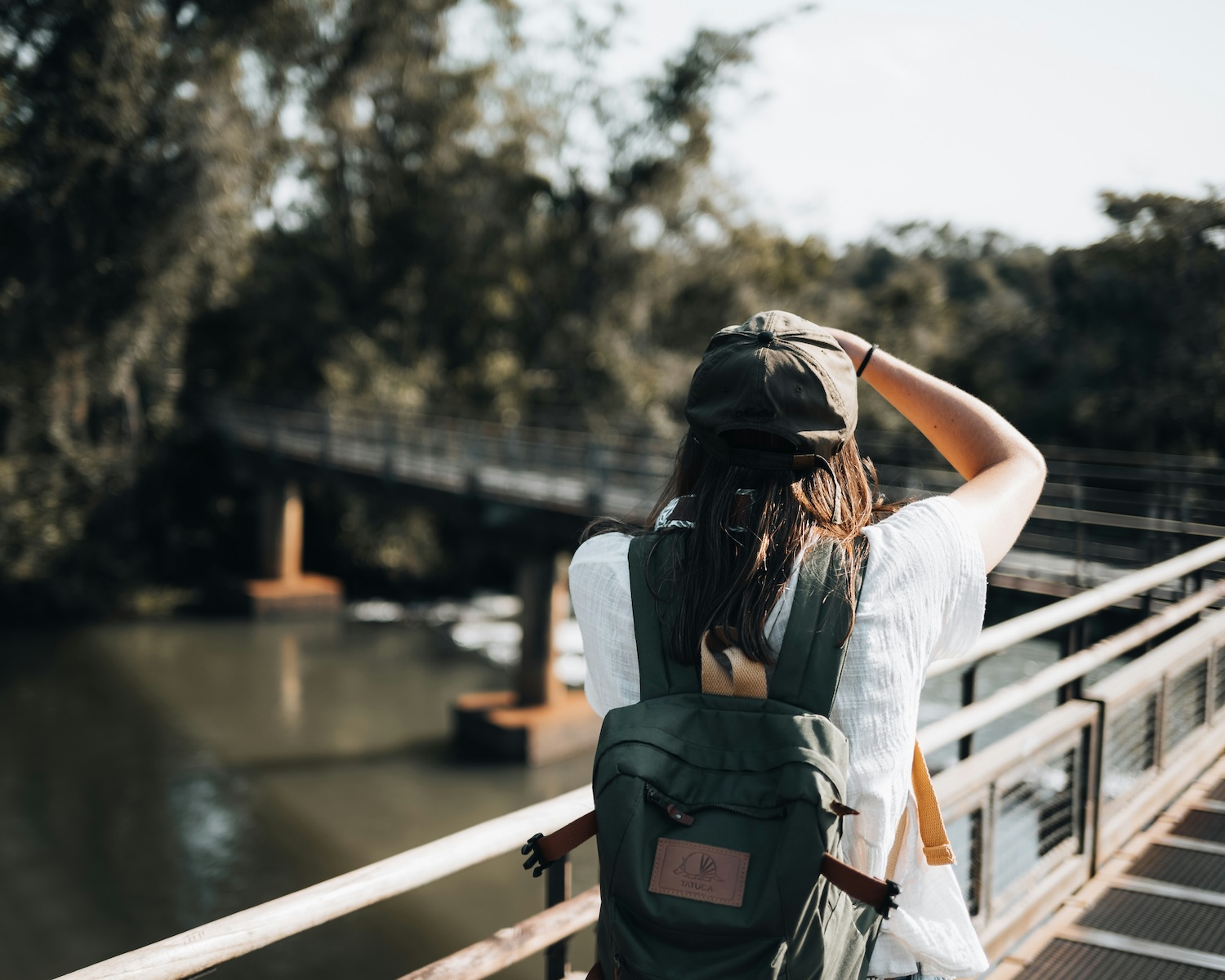
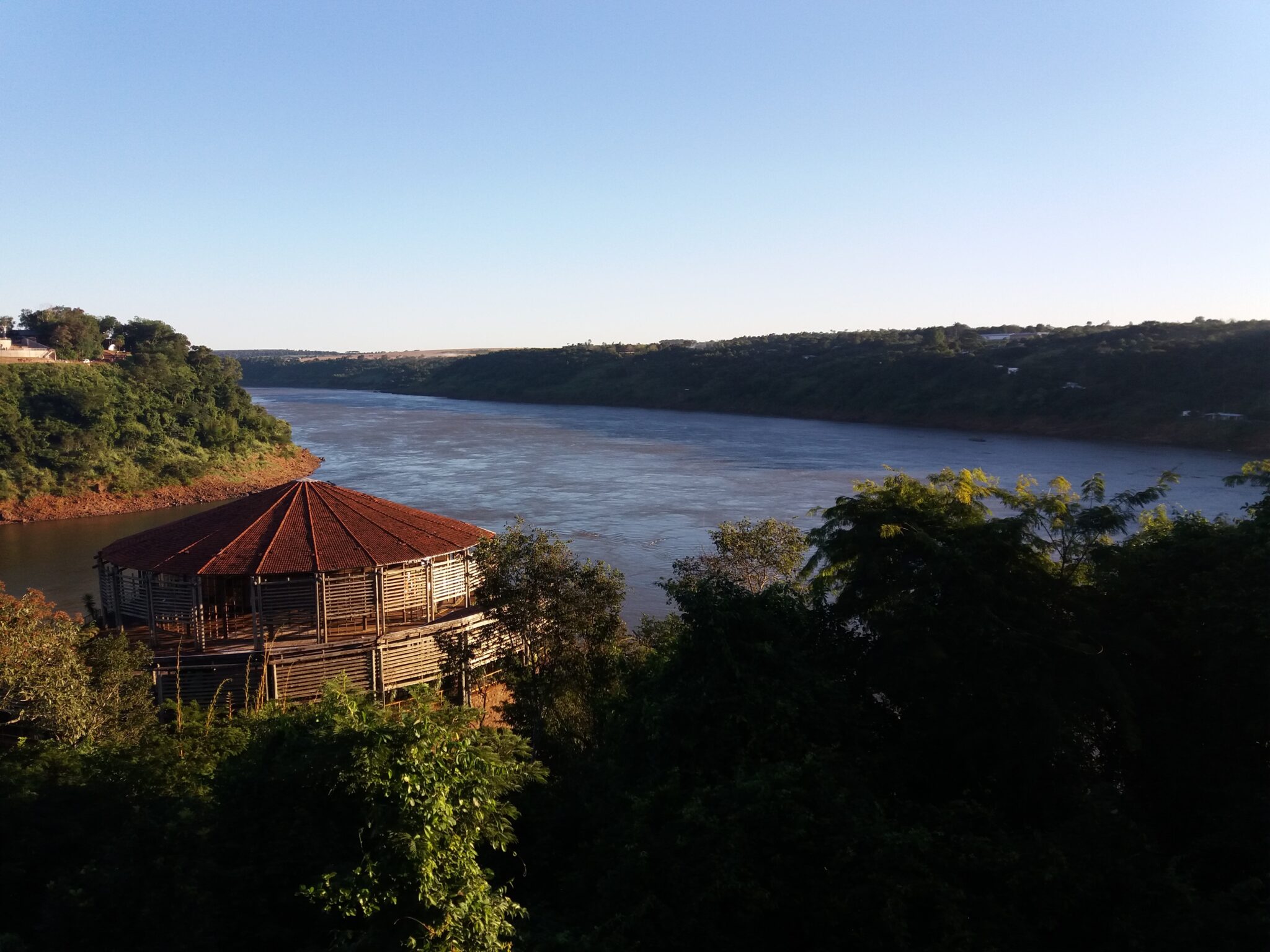
It is difficult to establish price standards for your visit to the Iguazu Falls, knowing that you have to take into account the mode of visit (car rental or the services of a driver-guide) as well as the choice of hotel. The easiest way to establish a budget for your trip to Argentina and Iguazu is to have a tailor-made quote made with our agency.
Iguaçu has an incredible range of hotels, from simple and clean establishments to luxury services, here are some price indications that should help you establish your travel budget:
To eat, whether on the Argentinian or Brazilian side, there are many dining options within the park itself. It is also possible to take your picnic with you. It is also important to remember that it is forbidden to feed the animals that are in the park.
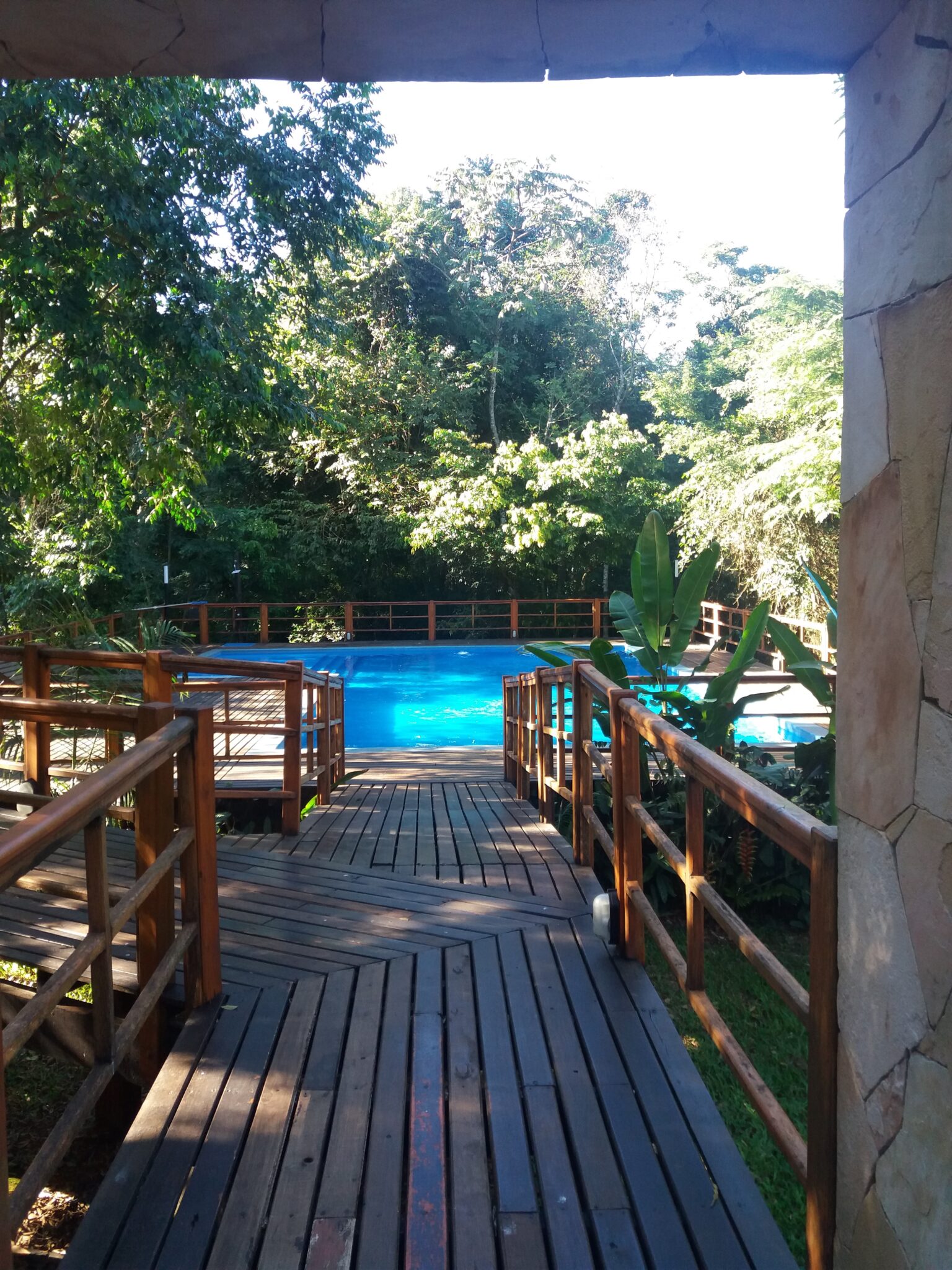
If you only have a short amount of time, we recommend at least 2 days. In this case, and depending on the flight schedules, we recommend that you start with the huts of Iguazu in Argentina. The tour is longer so you will need more time. The next day you can visit the Iguazu Falls on the Brazil side for half a day before taking a flight back to Buenos Aires, Rio or Santiago. Pay attention to the time it takes to cross the Argentina/Brazil border to get to the airport to continue your stay.
If you have more time, we recommend 4 days for a stay in Iguazu. For your first day, several options are available to you: visit the 3 borders point, go to the Wanda mine, visit the Aripuca, go tree climbing or enjoy a free afternoon at the hotel. Iguaçu offers a pleasant climate, and most hotels are located in the heart of the jungle, it is also an opportunity to enjoy a moment of idleness surrounded by the lush vegetation of your hotel and its swimming pool.
For the second day, we recommend you to go to the Brazilian side. First, you can visit the Iguacu Fallsand then in the afternoon stop at the Parque das Aves to see the most beautiful bird species of the region.
On the third day, you will be able to enjoy the park on the Argentinian side and its many trails to admire the Iguazu waterfalls. If the footbridges are open (they have suffered damage due to flooding), then go and see the Garganta del Diablo.
On the last day, we recommend doing an unique activity. You can visit an estancia, go on a wildlife photo safari, birdwatching, a bike tour, or visit tea or mate crops. You will complete your discovery of the region and life there.
Finally, if you have 2 more days, we recommend that you go down to Posadas to discover the Missions of San Ignacio and/or Santa Ana, before taking the plane the next day from Posadas.
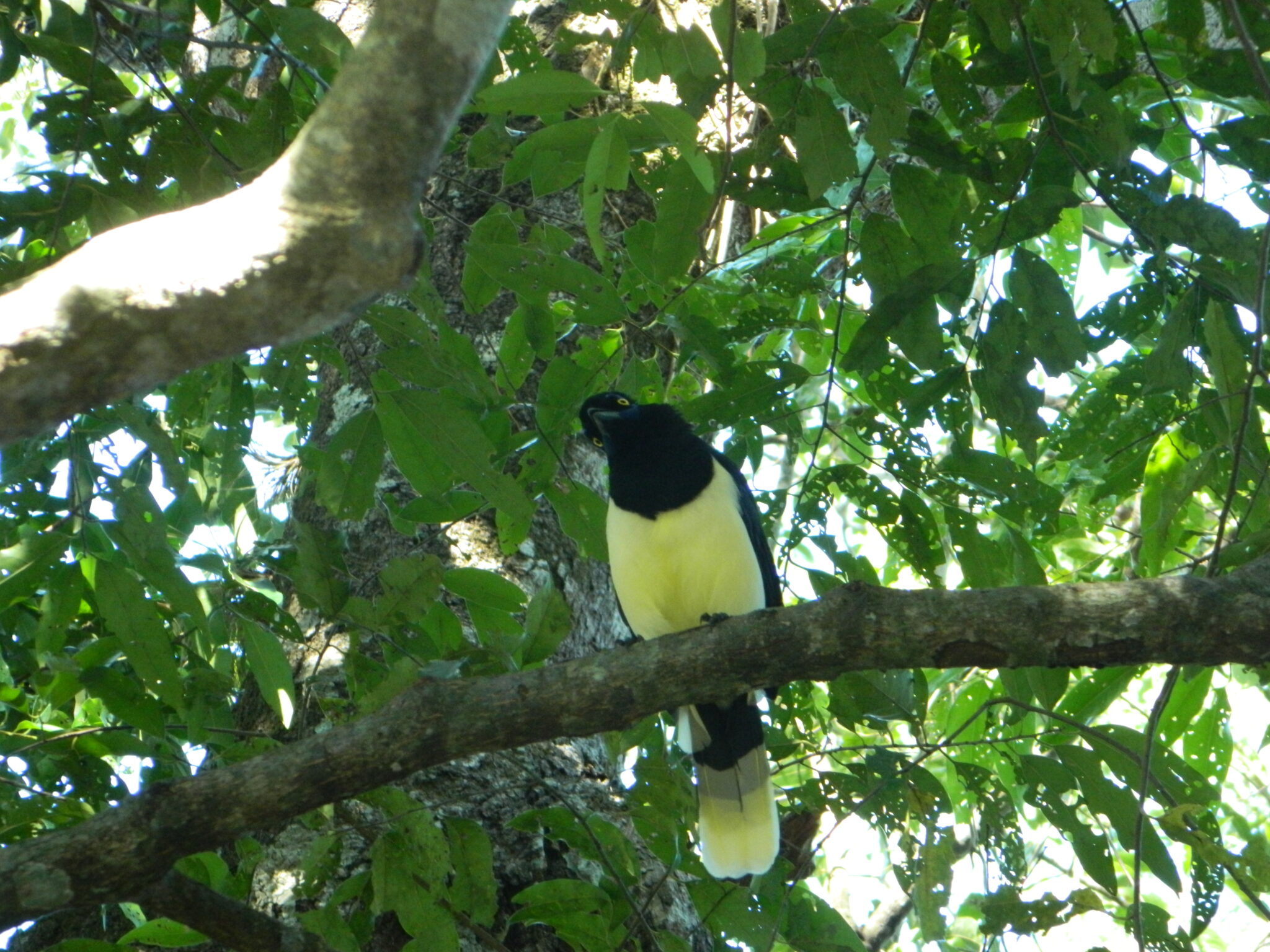
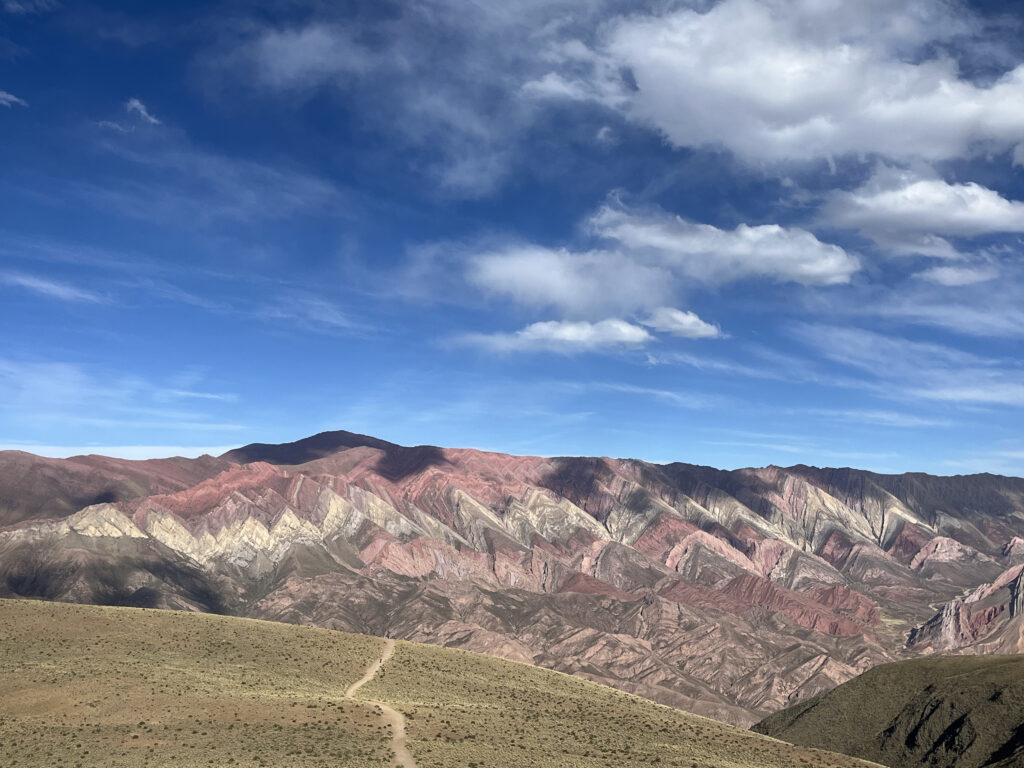
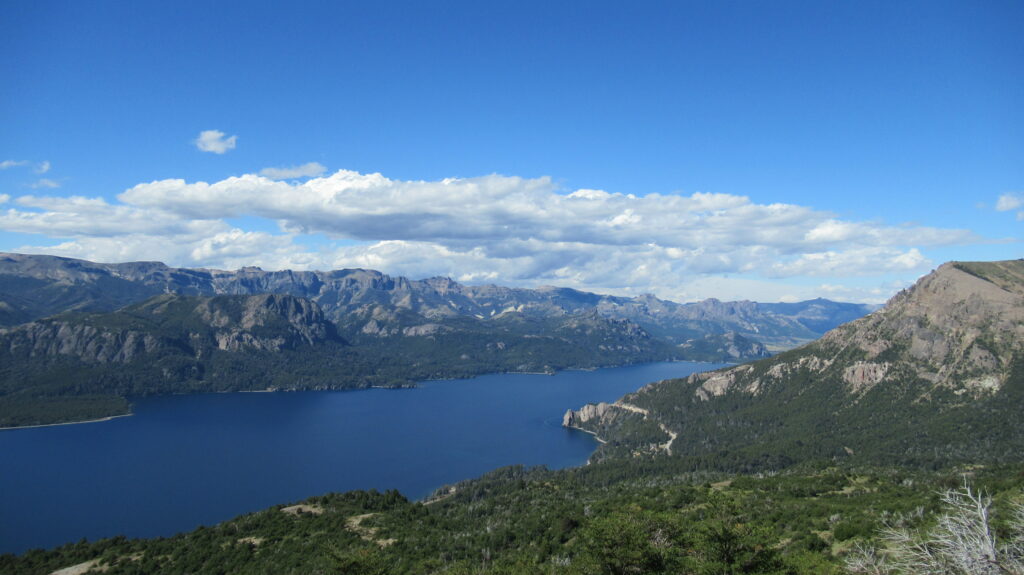

Anne is a Travel Designer and is one of the specialists of our travel agency in Argentina. She loves the warmth of the Argentinians and spends several months a year there.
